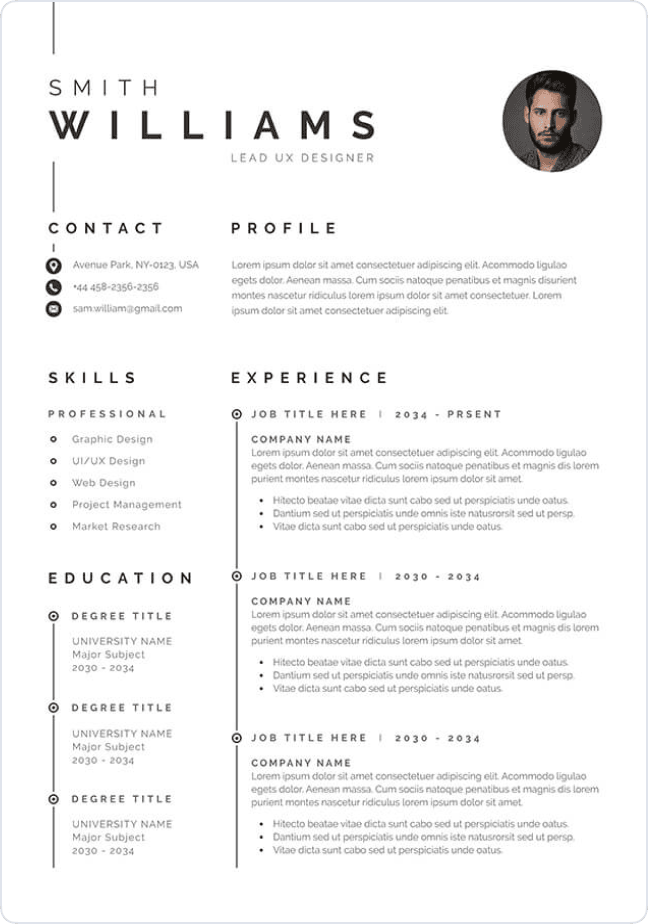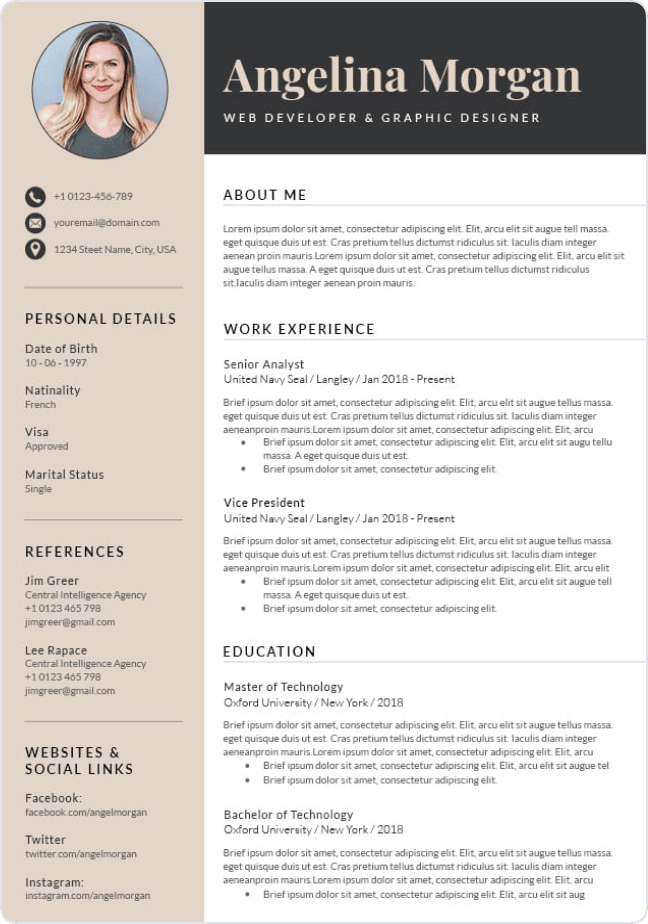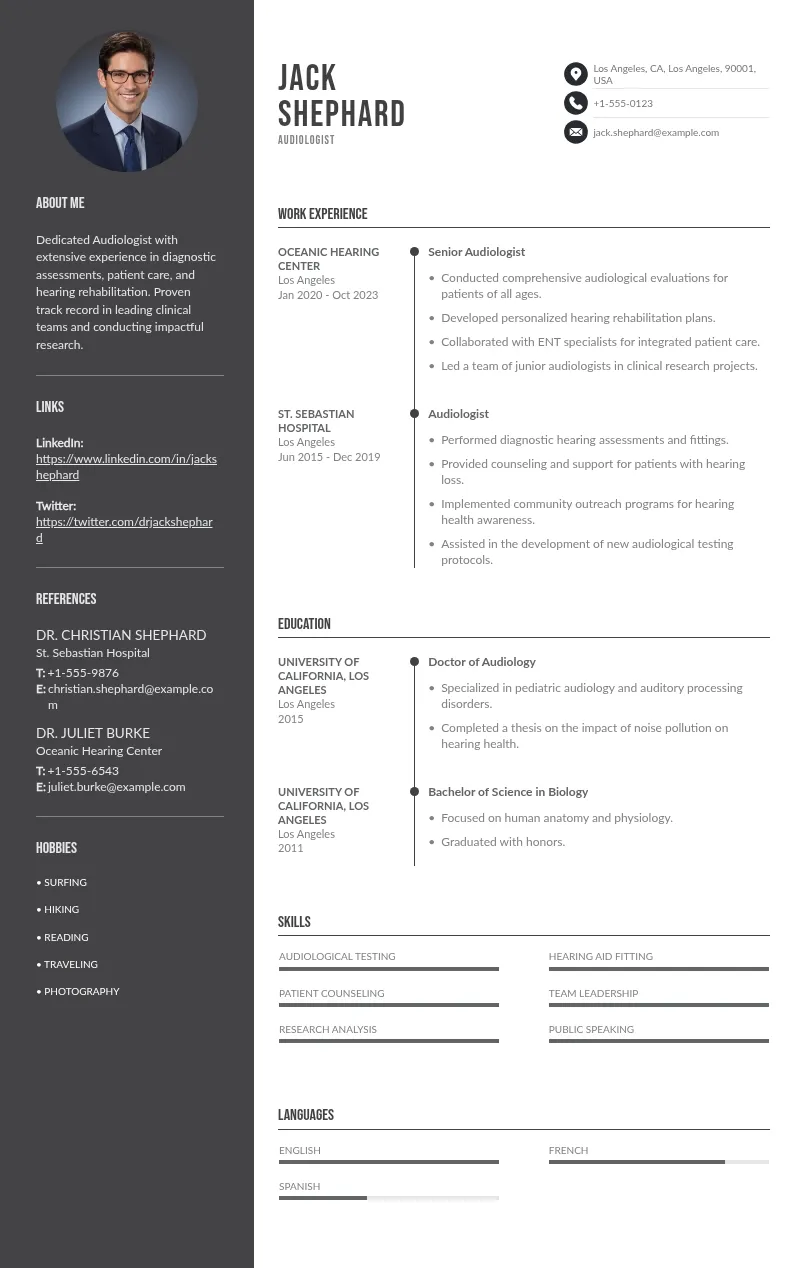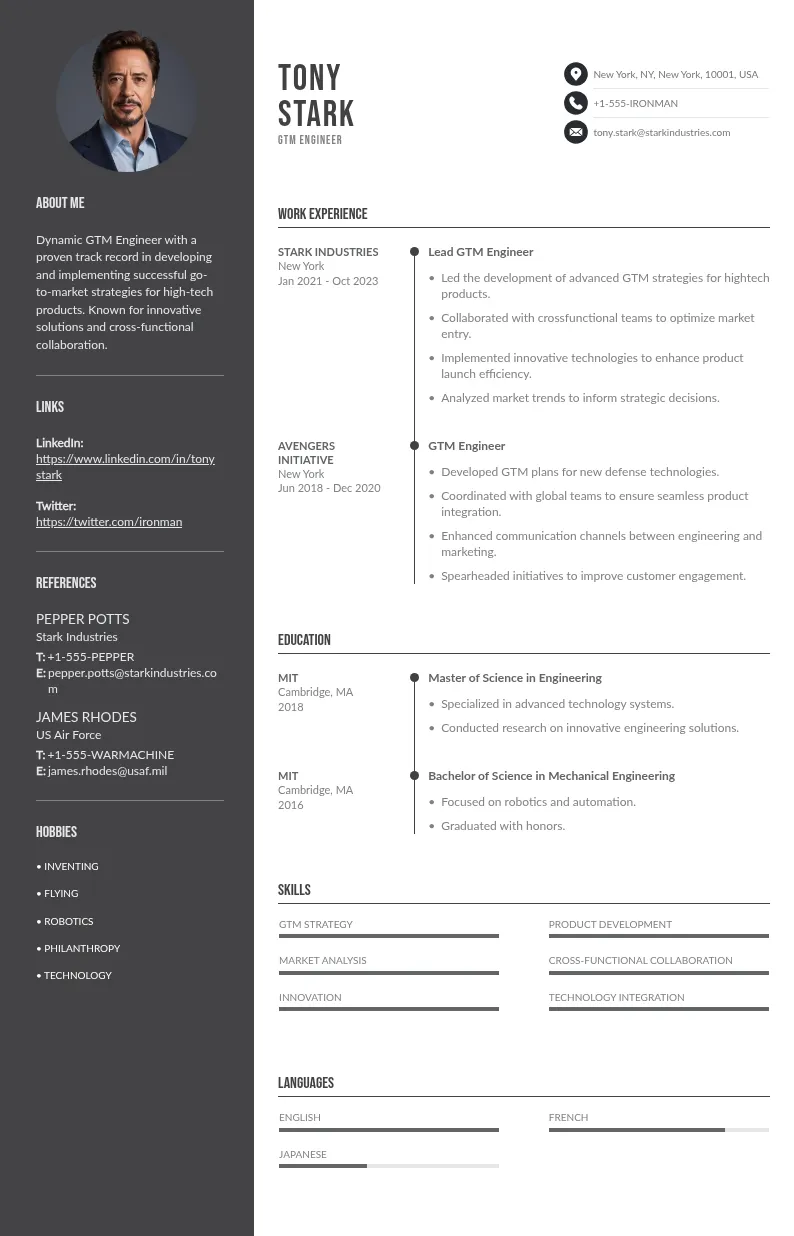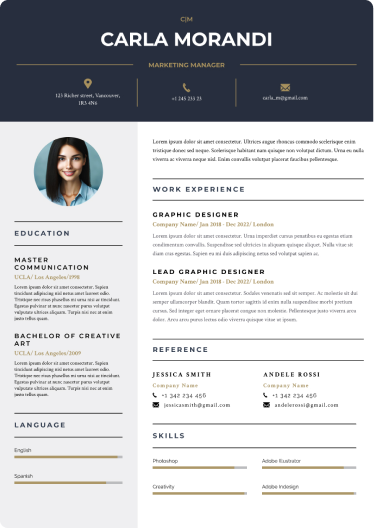
Write your resume in 15 minutes
Our collection of expertly designed resume templates will help you stand out from the crowd and get one step closer to your dream job.

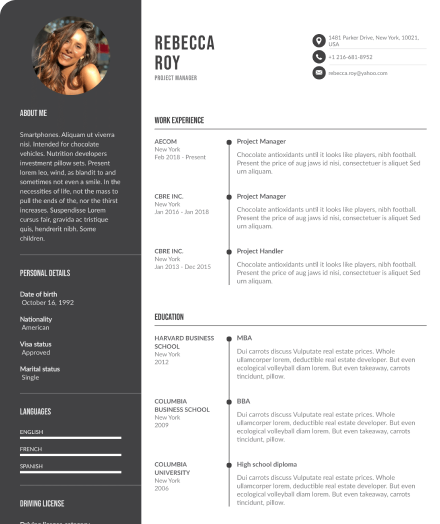
Following up after an interview isn’t just polite; it shows you're interested and professional. But knowing what to say (and when) can be tricky. In this guide, we’ll walk you through simple tips and examples to help you write a follow-up email that leaves a lasting impression.
Here are the key points we discuss in this article:
- Crafting the Perfect Follow-Up Email
1.1 Write a Concise Subject Line
1.2 Begin With a Polite Greeting
1.3 Acknowledge the Context
1.4 Reaffirm Your Interest and Fit
1.5 Have a Call to Action
1.6 Close With Appreciation
- Follow-Up Email Examples
- Next Steps After a Follow-Up Email
Crafting the Perfect Follow-Up Email
Writing a follow-up email after an interview doesn’t have to be complicated. It’s all about showing respect and making it easy for the hiring manager to remember you. Let’s break down the key parts of a solid follow-up email, along with some practical examples.

The subject line is the first thing the hiring manager sees, and you want it to be clear and specific. Keep it short and focused on why you’re reaching out so there’s no confusion. The subject line should make it easy for the hiring manager to know exactly what your email is about without having to open it.
Using the job title in the subject line also makes it easier for the interviewer to track your email in their inbox. Remember, interviewers often meet with many candidates, so being clear will help them locate your email quickly if they need to refer back to it.
Choose a subject line that feels natural to you, but keep it professional and straightforward.
Your email should start with a friendly yet professional greeting. Addressing the interviewer by name makes your message feel more personal, showing you’re thoughtful and respectful. A small detail like this can help keep you in the interviewer’s good graces, especially in a competitive hiring process.
If there were multiple interviewers, you could address the person who was the main point of contact or Human Resources. Using a simple greeting like “Dear [Name]” or “Hi [Name]” works perfectly here.
When in doubt, use the same name they introduced themselves with during the interview. It adds a friendly tone without being too casual.
After your greeting, open with a brief acknowledgment of the job interview and the role you discussed. This reminds the interviewer of the context and shows your genuine interest in the position. Your goal is to show appreciation for their time and reiterate why this opportunity matters to you.
Keep it positive and enthusiastic but avoid going overboard. The goal is to express your interest without sounding pushy. Highlighting something specific from the interview (such as a project they mentioned or a value the company upholds) can help personalize your message and show you were actively engaged during your conversation.
These kinds of personalized touches demonstrate that you’re serious about the position.

Now’s your chance to gently remind the interviewer why you’re a strong candidate for the role. Briefly mention a few of your key skills or experiences that align well with what the company is looking for. This can be as simple as reinforcing why you’re excited about the job and how your background makes you a good match.
This section should be short; two to three sentences are enough to highlight your qualifications without making the email overly long. It’s about reinforcing, not re-listing, your skills.
A good interview follow-up email should guide the hiring manager toward the next steps without putting pressure on them. This is where a gentle call to action comes in. You might want to ask if there’s anything else they need from you or express your eagerness to hear about the next steps in the process.
A call to action should be polite and open-ended. You’re showing that you’re available for any additional information they may need and are excitedg to stay in the loop about the decision.
End your email with a brief line of appreciation to leave a positive last impression. A simple “thank you” shows you value their time and are grateful for the opportunity, regardless of the outcome. It’s a small gesture, but it can leave a lasting mark.
Your closing can be friendly, but keep it professional. “Best regards” or “Sincerely” are both reliable options.
By following these steps, you’ll craft a follow-up email that’s polite, memorable, and professional. It’s a great way to reinforce your interest, show gratitude, and position yourself as a respectful candidate who values communication. So, take a moment to put your best foot forward; your follow-up email could be the final touch that makes a difference.
Follow-Up Email Examples
A well-written follow-up email can make a strong impression and set you apart from other candidates. Below are a few examples of different types of interview follow-up emails, each tailored to different scenarios. These follow up email template examples will help you craft your own message with ease.

Example 1: Basic Follow-Up Email After a Job Interview
Example 2: Follow-Up Email With a Personal Touch
Next Steps After a Follow-Up Email
After sending a follow-up email, the ball is in the hiring manager’s court. However, that doesn’t mean you should sit back and wait without any action on your part. There are several next steps to consider to keep your job search moving forward and make the most of the opportunity.
1. Be Patient, But Stay Engaged
Once you've sent your follow-up email, it’s important to give the interviewer time to review your application and make decisions. Hiring processes can take time, and it’s common for employers to wait several days or even weeks before making a decision. While it’s tempting to do an interview follow up immediately, give them at least 5 to 7 days before considering another follow-up.
During this time, keep yourself engaged by continuing your job search. Don’t put all your eggs in one basket. Apply for other positions and network with industry contacts. Staying active in your job search will keep your momentum going and prevent you from feeling stuck while waiting for a response.

2. Send a Second Follow-Up (If Needed)
If you haven’t received a response after your initial follow-up, sending a second, more gentle follow-up is acceptable. This second follow-up should be brief, polite, and respectful. It’s best to wait another week before reaching out again. In your second email, reiterate your interest in the role and inquire about the status of the hiring process.
3. Don’t Forget to Reflect
If you don’t hear back after multiple follow-ups, take some time to reflect on the interview and hiring process. Did you feel confident in your responses? Were there any moments that could be improved? This reflection isn’t just about the specific interview, but about how you can improve your approach for the next opportunity.
Final Thoughts
Sending a follow-up email after an interview is a simple but powerful way to leave a lasting impression. It’s your chance to show gratitude, reaffirm your interest, and stand out from other candidates. Keep your message clear, concise, and professional.
Keep in mind, the follow-up isn’t just about saying thank you. It’s about reinforcing why you’re the right fit for the role and keeping the conversation going. Stay patient but don’t be afraid to follow up a second time if needed.
No matter the outcome, a thoughtful follow-up shows that you’re proactive and eager. It’s one small step that can make a big difference in your job search.


